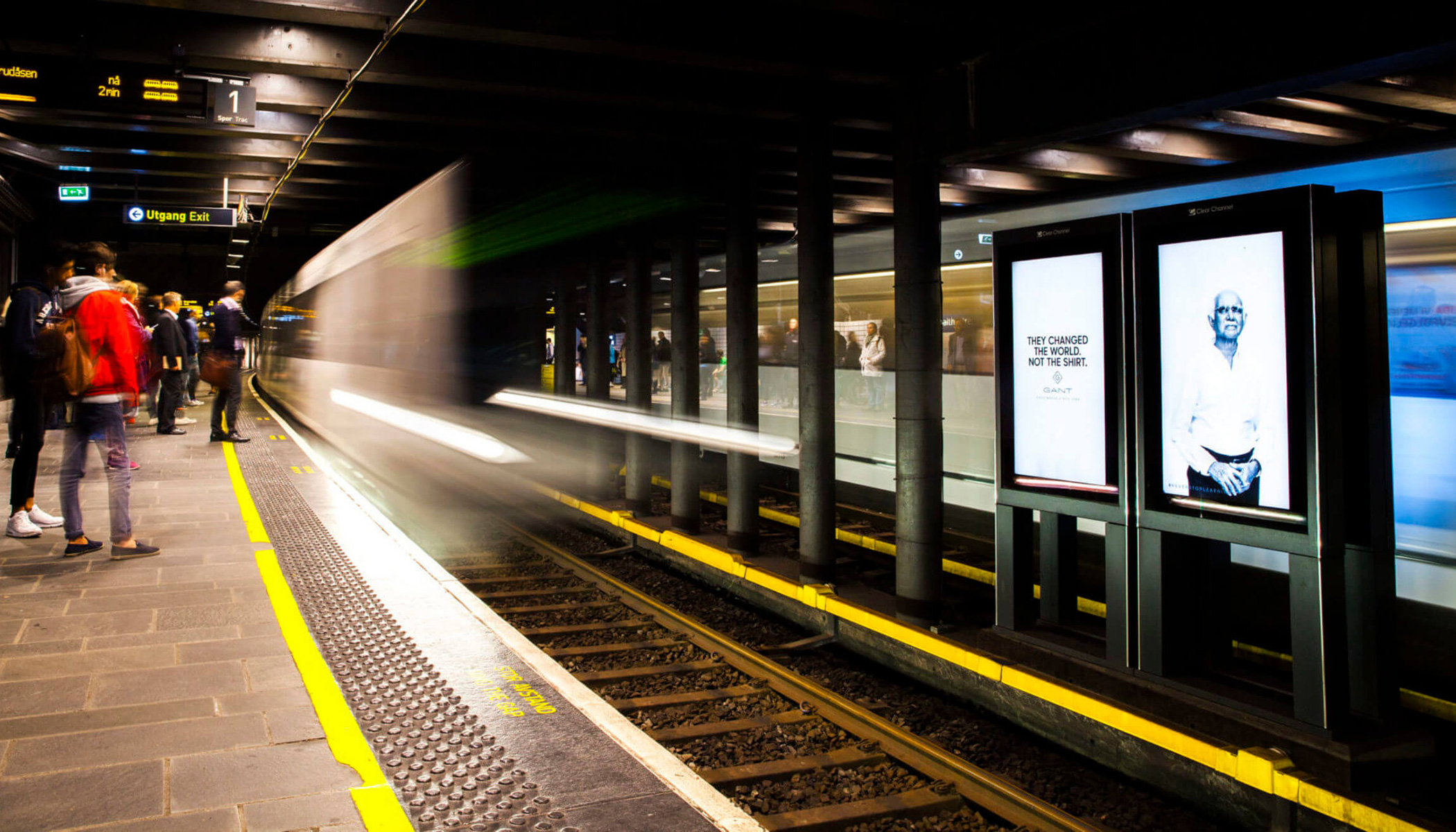
Have you ever thought about digital signage in your establishment? This new generation of communication combines modernity, utility and efficiency. In particular, it makes it possible to do away with most of the "print" media. Previously used on dedicated local infrastructures, digital signage has benefited from the development of new fully connected solutions to offer greater ease of use.
The digitalisation of display solutions brings its own benefits compared to print displays. Broadcasting video content is more attention-grabbing and attractive.
Controlling the system from a web interface provides unrivalled flexibility and responsiveness thanks to real-time updating and programming functions. Numerous scenarios can be envisaged with personalised broadcasts according to the season, the day of the week, the time of day, the weather, etc. The possibilities are virtually unlimited thanks to the contextual display based on external data.
All the potential of digital signage is based on the content displayed. Regardless of the hardware and software used, the use the teams put it to is what will make the difference. Whether it's for point-of-sale advertising or information panels, operational teams will have to think about the best ways to meet their objectives and enrich the customer experience.
Many different types of content are possible:
To implement digital signage, a hardware infrastructure is obviously required, but also a software solution.
In order to ensure broadcasting, indoor or outdoor display screens will obviously be required, depending on the project's specific needs. There are several types of equipment: monitors, totems or walls of screens.
To be able to receive the broadcast content and the associated settings from the software solution, the screens must be connected to the establishment's Internet network, either by WiFi or by a wired connection.
Digital signage software solutions are mostly cloud solutions, accessible and configurable from any device connected to the internet. The strength of a digital signage software is based on its editing and content uploading features. Accessibility and simplicity of use must be the hallmarks of the interface made available to the client establishment. Generally, knowledge of computer science and graphic design is not required to configure digital signage.
These Stories on IPTV - Signage
A leader in innovative WiFi and Fibre connectivity solutions since 2002, Wifirst is trusted by thousands of customers across Europe to provide high-quality, robust networks.